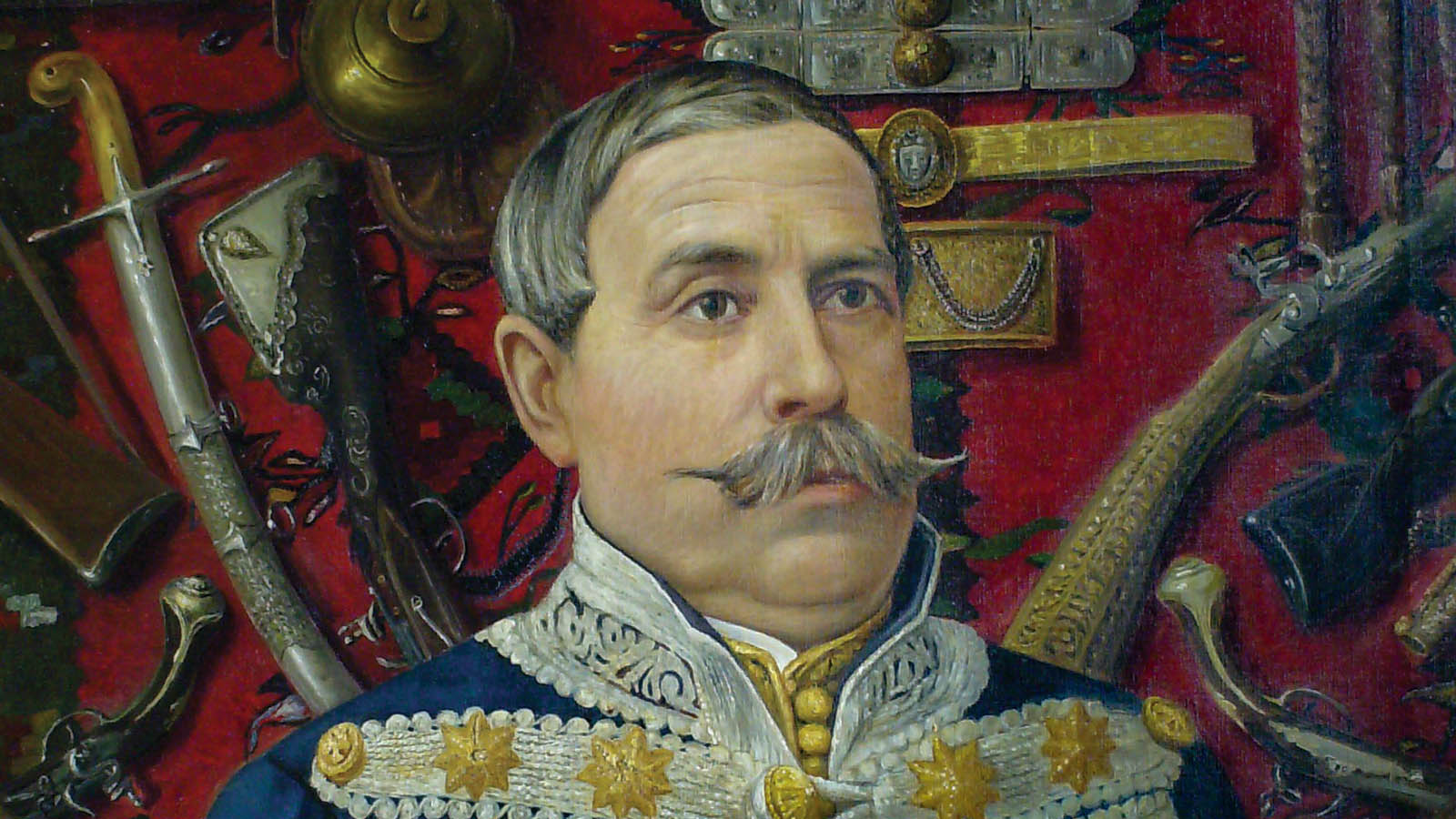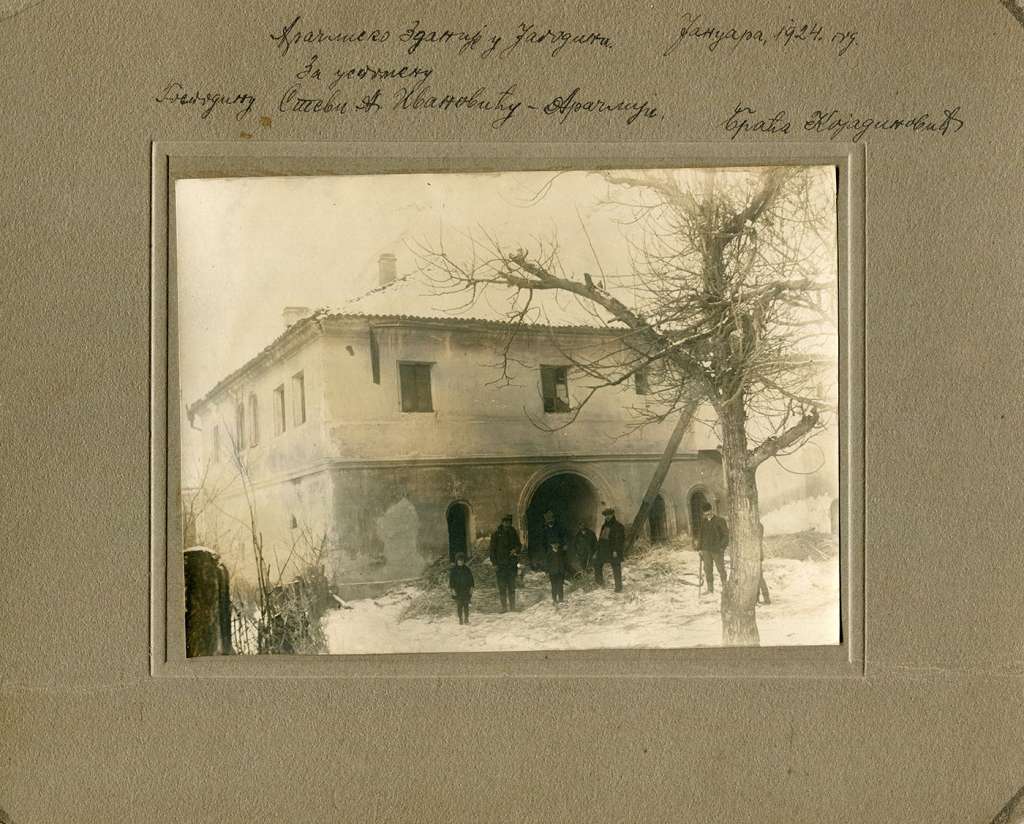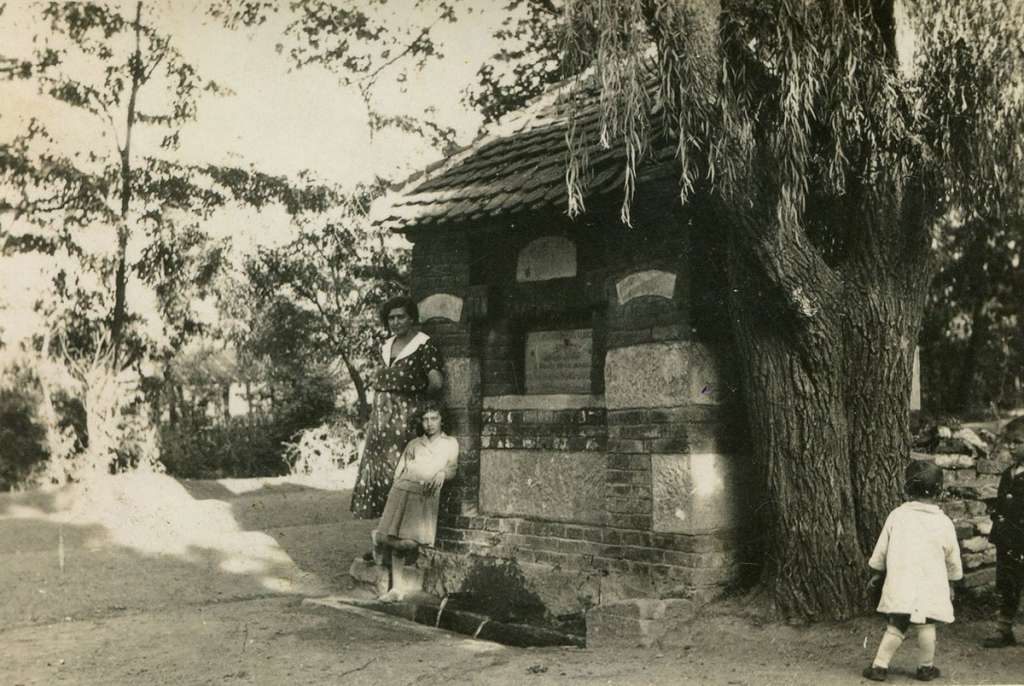By: Jasmina Trajkov, museum advisor
Born in Jagodina at the end of the 18th century, head of Prince Miloš Obrenović’s personal guard, and later tax collector, Atanasije Ivanović is one of the most significant figures of Jagodina’s past. He owned a city park, named in his honor “Aračliјski potok”, which his son bequeathed to the city at the beginning of the 20th century. Today, the name of Tasa Aračlija is forgotten, and the new generation of Jagodina residents know nothing about the gift that the Ivanović family gave to the city.
Atanasije Ivanović (1799–1896), known as Tasa Aračlija, is one of the most significant personalities of Jagodina in the 19th century. He was the son of Ivan Ražnjalija, a prominent merchant from Jagodina and a participant in the First Serbian Uprising. After finishing school, which he studied intermittently, Tasa went to Niš in 1820, where he was met by Avram Petronijević, at that time the secretary in the office of Prince Miloš, the future founder of the first glass factory in Serbia. In October 1820, the prince sent Petronijević to Constantinople as the chief scribe of the delegation, and he also took Tasa Ivanović with him. Tasa learned Turkish, Greek, Russian and Romanian there. He was appointed to the service of the Russian deputy Stroganov, where he worked as a gavez (bodyguard). When Stroganov left Constantinople and returned to Moscow the following year, Tasa went with him. He did not stay long in Russia. After returning to Serbia, it is believed that he worked as a bodygard at the Russian consul in Belgrade and was in the service of Prince Miloš as head of the personal bodyguard. After Prince Mihailo came to power, he was appointed in 1840 as a scribe to the tax collector (“aračlija”) Jefta Stojanović. After the change of dynasties, Prince Aleksandar Karađorđević appointed him to be the tax collector, and he was also given the rank of second lieutenant. He remained in that position until 1853.
After the outbreak of the Serb uprising across the Sava and Danube in 1848, Tasa and his soldiers were among the first to go to help. He gathered 900 Gypsies not only from Jagodina, but also from Kragujevac, Požarevac, Smederevo, Šabac, Valjevo and Loznica. In Bečkerek, he met Stevan Knićanin, who was his blood brother, and from him he received another two hundred horsemen. From Bečkerek, he marched with his army to Arad, where he clashed with the Hungarians and won a victory, which brought him a great reputation in Serbia.
Atanasije Ivanović lived with his family in Jagodina until the middle of the 19th century. His wife Sofija was born in Šabac. She grew up with the daughters of Jevrem Obrenović, the brother of Prince Miloš, and received an excellent upbringing and education with them. She married Tasa on the recommendation of Jevrem Obrenović himself. Tasa and Sofija had sons Petar and Stevan and daughter Jelena.
Tasa Ivanović owned fields in Jagodina, a one-story house built in 1845 and several other buildings. The value of his house at the time it was built was estimated at 950 ducats, and it was located in today’s Vuk Karadžić Street.
In 1854 Tasa Ivanović was appointed the assistant of the district in Jagodina, and later he was transferred to the same position in Aleksinac. Then he moved to Belgrade, where he died on May 28, 1896. He was transferred from Belgrade and buried in the Jagodina cemetery.
In 1902, when Milan Radenković was the president of the municipality, Tasa’s son Stevan Ivanović donated the family property on Đurđevo brdo to the municipality of Jagodina as a memorial to his family. The document about this gift is kept in the Regional Museum in Jagodina. It is Milan Radenković’s reply to Stevan Ivanović’s letter in which he announces his desire to donate the family estate to the city.
As a sign of gratitude, the municipality built a memorial fountain in 1904 with a memorial inscription mentioning members of the Ivanović family and thanking the benefactor, Stevan Ivanović. The fountain has not preserved its original appearance today. It got the current one during the renovation of the park in 2005. Also, the municipality undertook the obligation to arrange a park here and to officially name it “Aračlijski potok” in memory of the former owner. A summer house and a tavern were also built. On Đurđevo brdo, many residents of Jagodina had vineyards and summer houses and spent the summer months there. On the postcards from the time between the two world wars, we see that the Aračlijski potok is marked as an air spa.
Today, this park is part of a tourist complex that is visited by a large number of tourists every year. In 2005, a summer stage, a zoo, a mosaic fountain were built, and in 2015, an artificial waterfall and a series of waterfalls.







